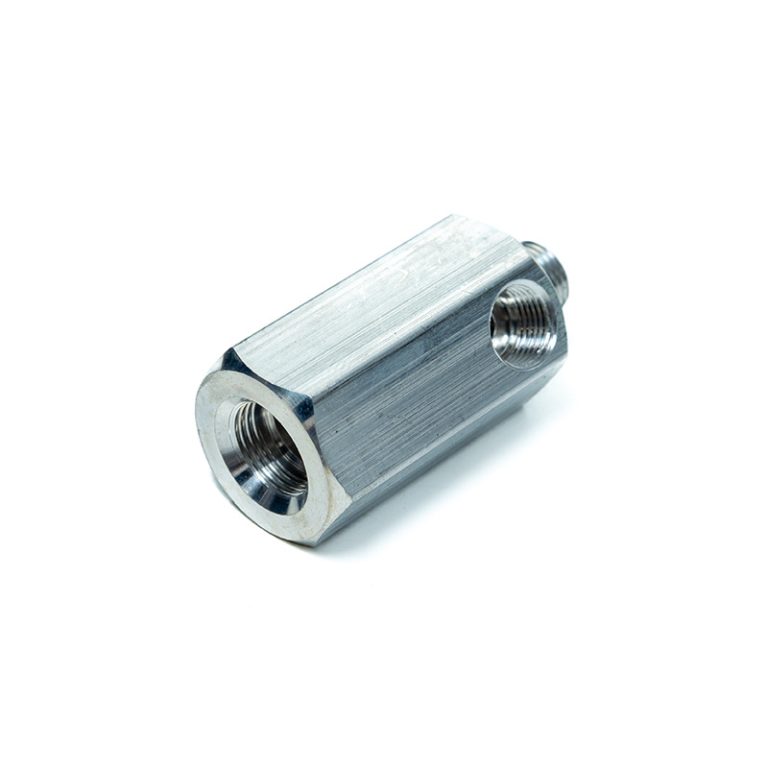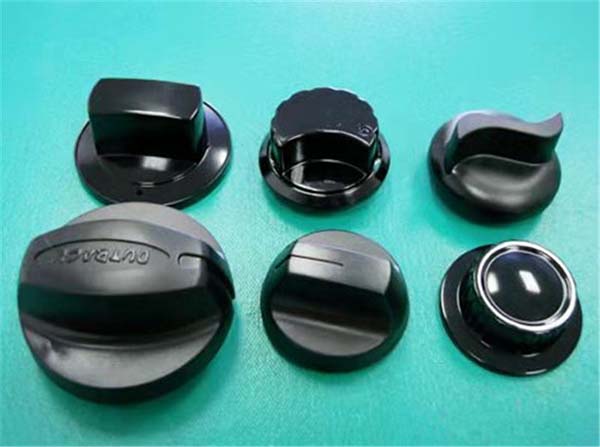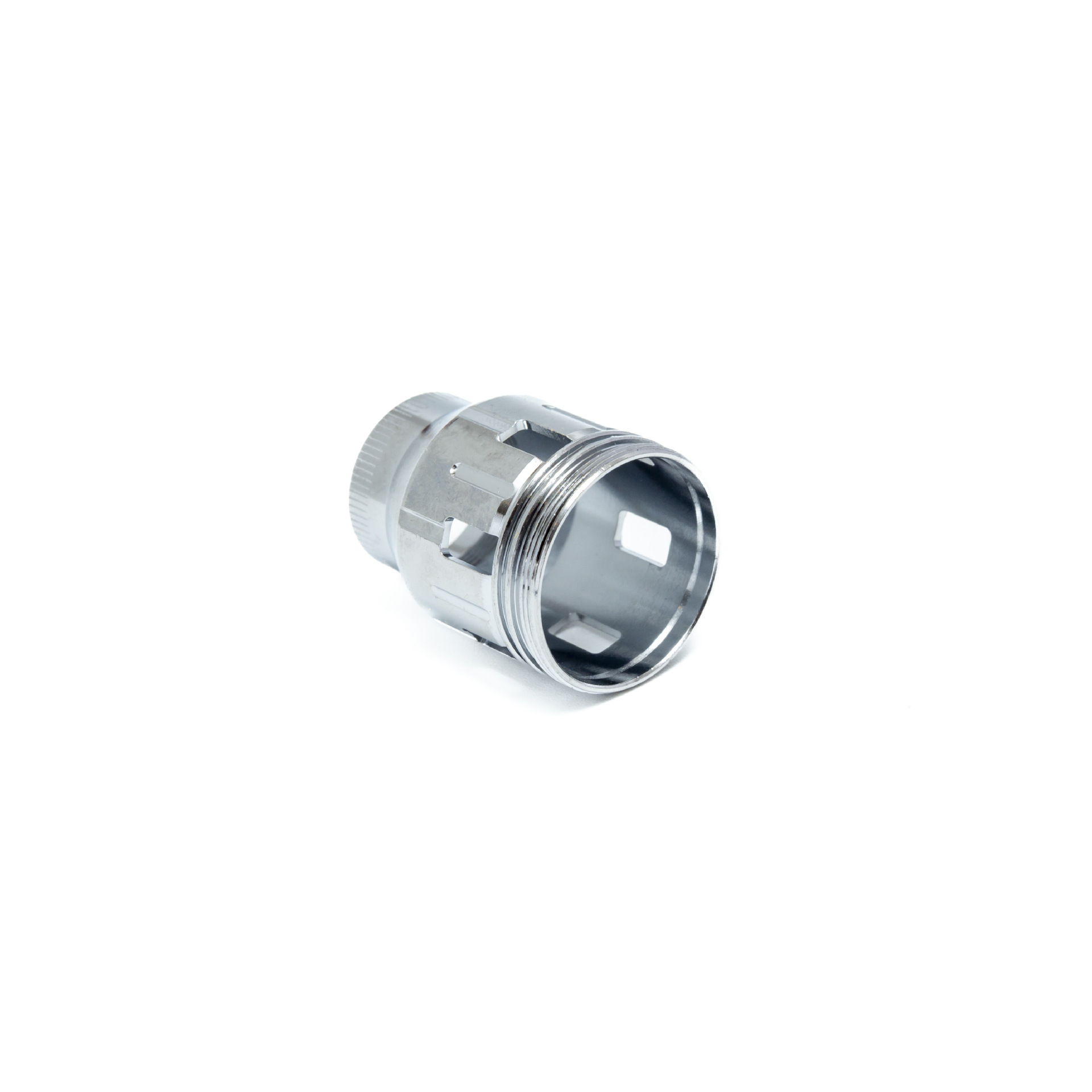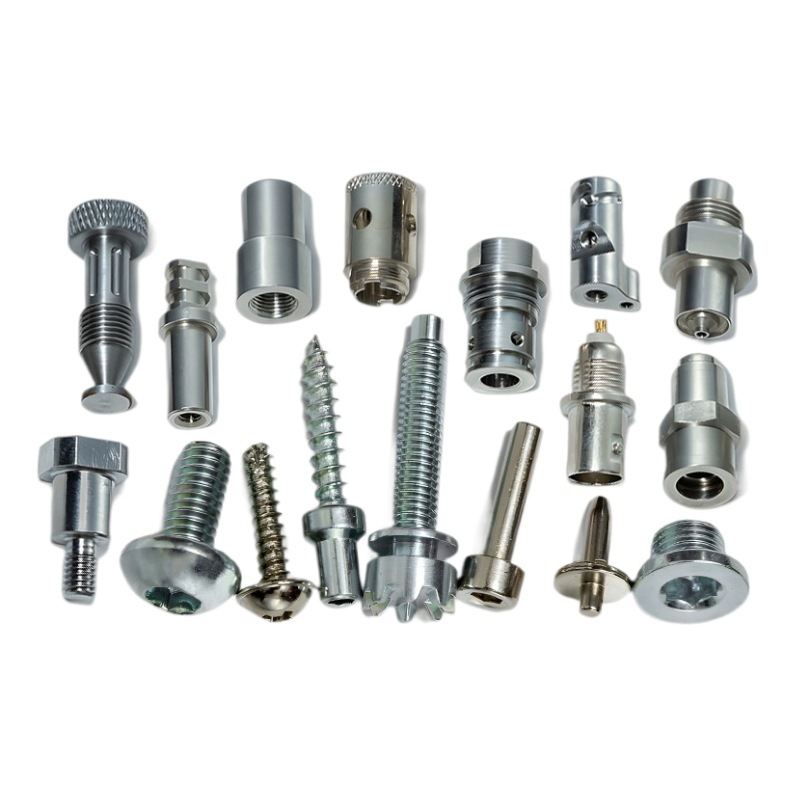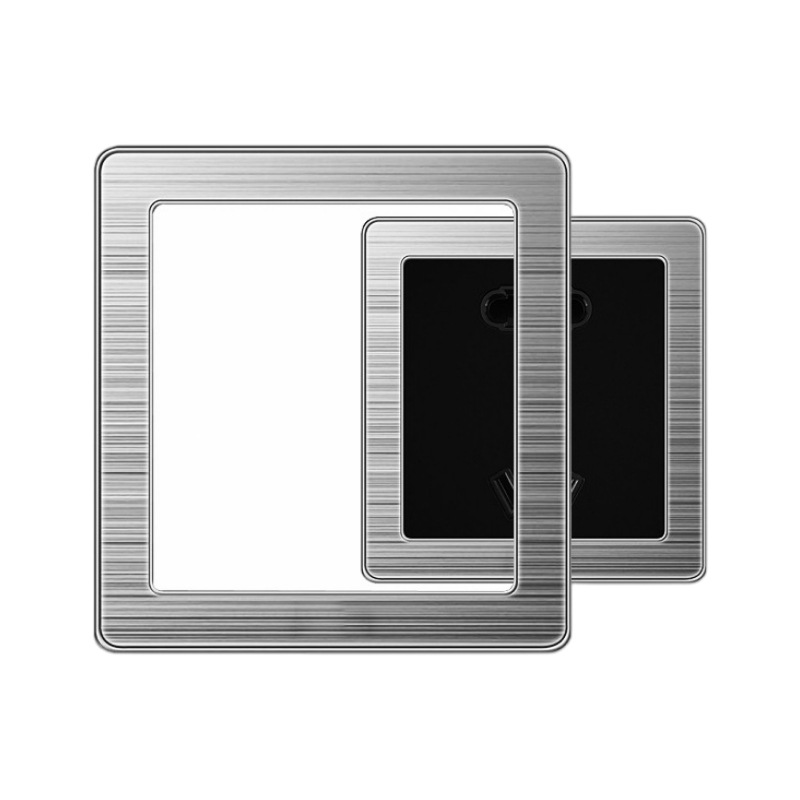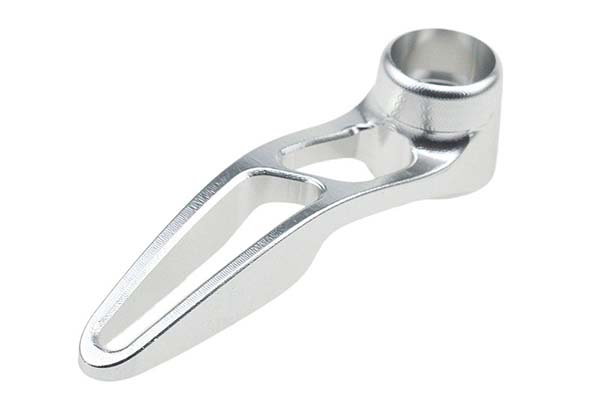Introduction to CNC Machining Solutions
In today’s advanced manufacturing world, Computer Numerical Control (CNC) machining has become a transformative technology, enabling the production of highly precise, efficient, and cost-effective components. This article aims to provide a comprehensive analysis of CNC machining solutions, exploring the capabilities, processes, and materials that define this technology. By examining the role of CNC machining in various industries, we can better understand its potential and how it supports modern manufacturing.
Definition and Overview of CNC Machining
CNC machining is a manufacturing process where pre-programmed computer software controls the movement of machinery and tools. The process replaces manual methods, allowing machines to produce parts automatically based on precise instructions. Unlike traditional manual machining, where operators guide tools by hand, CNC systems automate tasks with remarkable precision and consistency. This ensures high-quality outputs with minimal variation, making it ideal for high-volume production and complex parts.
Capabilities and Processes
CNC machining encompasses a broad range of processes, each with its unique applications and benefits. The key operations include:
- Milling: Rotating cutters remove material from the workpiece to shape it into the desired form. Milling is highly versatile and can be used for creating features like slots, contours, and holes.
- Turning: In turning, a rotating workpiece is shaped by a stationary cutting tool, typically used to produce cylindrical parts. This process is highly effective for components like shafts and pins.
- Drilling: Drilling operations use rotating drills to create precise holes in a material. This process can also be combined with other machining operations for added functionality.
These core processes can be expanded with specialized techniques such as EDM (Electric Discharge Machining), laser cutting, and water jet cutting for even greater precision and versatility.
Types of CNC Machining (Milling, Turning, etc.)
While milling and turning are the most widely used CNC machining methods, there are other specialized operations that add complexity and precision to manufacturing processes:
- 5-Axis Milling: This technique allows the machine to move the workpiece or tool along five axes simultaneously. It's particularly useful for creating highly complex geometries and shapes that would be difficult or impossible to achieve with traditional 3-axis milling.
- Electrical Discharge Machining (EDM): EDM uses electrical discharges to remove material from a workpiece. This is ideal for hard metals or intricate parts where traditional cutting tools can't achieve the required precision.
- Laser Cutting: Laser cutters use focused beams of light to make precise cuts in materials. This process is especially effective for thin materials and can be used for a wide variety of metals and plastics.
Each CNC machining method has its strengths, and the choice of which one to use depends on factors like material properties, design complexity, and tolerance requirements.
Advanced Technologies in CNC Machining
Recent advancements in CNC technology have expanded its capabilities significantly. Some notable innovations include:
- Multi-Axis Machining: Going beyond the traditional 3-axis machine, multi-axis CNC machines can move the workpiece or tool in multiple directions at once. This allows for more intricate and complex designs, significantly reducing setup time and the need for multiple machining steps.
- Artificial Intelligence (AI) and Machine Learning: AI and machine learning algorithms are increasingly being integrated into CNC systems. These technologies enable predictive maintenance, where the system can predict when tools or machines might fail, reducing downtime and improving overall efficiency.
- Real-Time Monitoring Systems: Many CNC systems now feature integrated sensors that provide real-time data on the machining process. This allows for immediate corrections in case of deviations, ensuring that quality control is maintained throughout production.
Material Handling
CNC machining’s versatility is further highlighted by its ability to work with a wide range of materials. Whether it's metals, plastics, or composites, CNC systems can handle a variety of raw materials, making them suitable for diverse applications across industries.
Range of Materials Processed by CNC Machines
Some of the most common materials processed by CNC machines include:
- Metals: Aluminum, stainless steel, titanium, brass, and copper are frequently used in CNC machining. These materials offer different mechanical properties, allowing manufacturers to choose the best one for each application.
- Plastics: Materials like ABS, polycarbonate, and nylon are often used for parts requiring high impact resistance, flexibility, and thermal stability. Plastics are particularly common in industries like automotive, consumer electronics, and medical devices.
- Composites: CNC machines are also capable of working with composite materials like carbon fiber and fiberglass, which are known for their high strength-to-weight ratios and durability. These materials are ideal for industries that require lightweight yet strong components, such as aerospace and automotive.
Material Selection for Different Applications
Choosing the right material for CNC machining is crucial, as it influences the final product’s performance, cost, and durability. Here’s how material selection differs across various sectors:
- Aerospace: Lightweight materials with high strength-to-weight ratios, like aluminum and titanium, are commonly used in aerospace components to ensure performance under high stress and extreme conditions.
- Medical Devices: Stainless steel is often chosen for its biocompatibility, making it ideal for surgical instruments and implants. Titanium is also used in medical devices for its durability and corrosion resistance.
- Consumer Electronics: Plastics like ABS are often used in casings for consumer electronics due to their lightweight, moldability, and cost-effectiveness.
Precision and Tolerance
One of the most critical advantages of CNC machining is its ability to produce parts with high precision. In industries where even slight deviations can lead to malfunction or failure, maintaining tight tolerances is essential.
The Importance of Precision in CNC Machining
Precision ensures that components fit together seamlessly during assembly, reducing errors and minimizing waste. This is particularly important for industries like aerospace, medical devices, and automotive, where exact tolerances are required for safety, functionality, and performance.
CNC machines can achieve tolerances as tight as ±0.001mm, far exceeding the accuracy of manual methods. This capability is one of the key reasons why CNC machining has become the industry standard for manufacturing complex and high-performance components.
Tolerance Levels in Various Industries
Tolerance requirements vary across industries, but the general trend is that the more critical the application, the tighter the tolerances must be:
- Aerospace: Tolerances can range from 0.01mm to 0.001mm for critical parts like engine components and airframe structures.
- Medical Devices: Parts such as implants or surgical instruments may require tolerances as tight as ±0.005mm to ensure safety and functionality.
- Automotive: Components like engine blocks or transmission parts require tight tolerances to ensure smooth performance, though they may not need to be as tight as in aerospace or medical devices.
Efficiency and Productivity
CNC machining contributes significantly to manufacturing efficiency, both in terms of speed and cost-effectiveness. Automation reduces lead times, and the precision of the process minimizes material waste.
Automation and Reduced Lead Times
CNC machines are capable of running continuously, even without operator intervention. This allows manufacturers to meet tight deadlines without sacrificing quality. Additionally, automated tool changers and programming optimizations reduce downtime between different machining steps, further improving productivity.
Industry Applications
CNC machining finds applications across a variety of industries, each benefiting from its high precision and versatility:
- Aerospace: Producing critical components such as turbine blades, landing gear, and structural elements.
- Automotive: Manufacturing engine parts, transmission systems, and interior components.
- Medical Devices: Creating precision surgical tools, implants, and diagnostic equipment.
- Electronics: Crafting parts for smartphones, computer components, and consumer gadgets.
Customization and Bespoke Solutions
One of the most significant advantages of CNC machining is its ability to produce customized parts in small or large batches. Whether it's a one-off prototype or mass production, CNC machines can handle intricate designs and unique specifications, making them an excellent choice for bespoke solutions in industries like automotive, medical, and defense.
Conclusion: The Role of CNC Machining Solutions in Modern Manufacturing
CNC machining has become a foundational technology in modern manufacturing due to its precision, efficiency, and versatility. By understanding its capabilities, processes, and material handling, manufacturers can make more informed decisions about how to incorporate CNC technology into their operations. As advancements in AI, robotics, and additive manufacturing continue to evolve, CNC machining will only become more integral to the future of manufacturing.
Summary of Benefits and Considerations for Adoption
Benefits:
- Improved precision and consistency
- Increased productivity and reduced lead times
- Ability to handle a wide range of materials
- Customization for unique or complex designs
Considerations:
- Initial investment and equipment costs
- Ongoing maintenance and training requirements
- Suitability for specific production volumes (small-batch vs. mass production)
By carefully considering these factors, manufacturers can unlock the full potential of CNC machining and enhance their competitive advantage.
FAQs
- What are the primary benefits of adopting CNC machining solutions?
- CNC machining enhances precision, reduces lead times, and increases productivity. It also supports customization and versatility, allowing manufacturers to create complex and high-performance parts from various materials.
- ow does CNC machining compare to traditional manual machining in terms of cost-effect iveness?
- While CNC machines require higher upfront costs, their long-term cost-effectiveness is evident in the reduction of material waste, labor costs, and downtime. This is especially true for high-volume production runs and complex parts.
- Can CNC machining be used for prototyping?
- Yes, CNC machining is an excellent choice for rapid prototyping due to its ability to quickly produce accurate models from a wide range of materials, allowing designers to test and refine their concepts before mass production.
